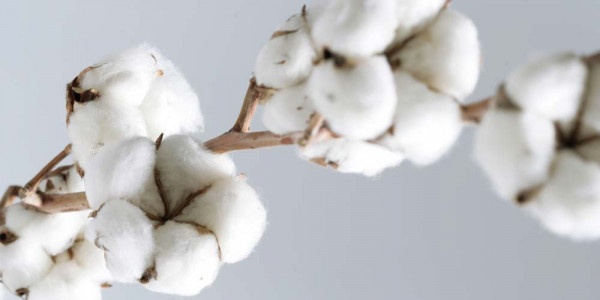Cotton - that sounds like nature, like good old times, like quality and tradition.
The truth about cotton
Unfortunately, it is also true that the production of cotton places a heavy burden on the environment: although only 2.4% of the world's arable land is planted with cotton, cotton is one of the most pesticide-dependent crops in the world, accounting for about 25% of all pesticides used worldwide!
Recycling cotton residues saves water
Each ton of cotton requires no less than 18,000 liters of drinking water. Drinking water that is much more urgently needed in the main dry growing areas such as Pakistan, Mali, China and the midwest of the USA.
Fewer cotton plantations therefore mean more vital water for people and nature, and less pesticides and insecticides for our environment.
In view of these figures, it hurts us all the more that some of the waste cotton that is so costly to produce is sorted out in the course of textile production and normally simply thrown away
We win new yarn for the hammock production from cut remainders
In contrast, we use a simple technique in which these cutting scraps are reprocessed into yarn. As the fibres become shorter than before, they are stabilized by adding max. 15% polyester threads. We only use resources whose dyeing is subject to strict control (e.g. for skin compatibility).
We therefore produce our (colored) hammocks in this way, and thus help to preserve the natural resources of our planet and protect the environment.










































